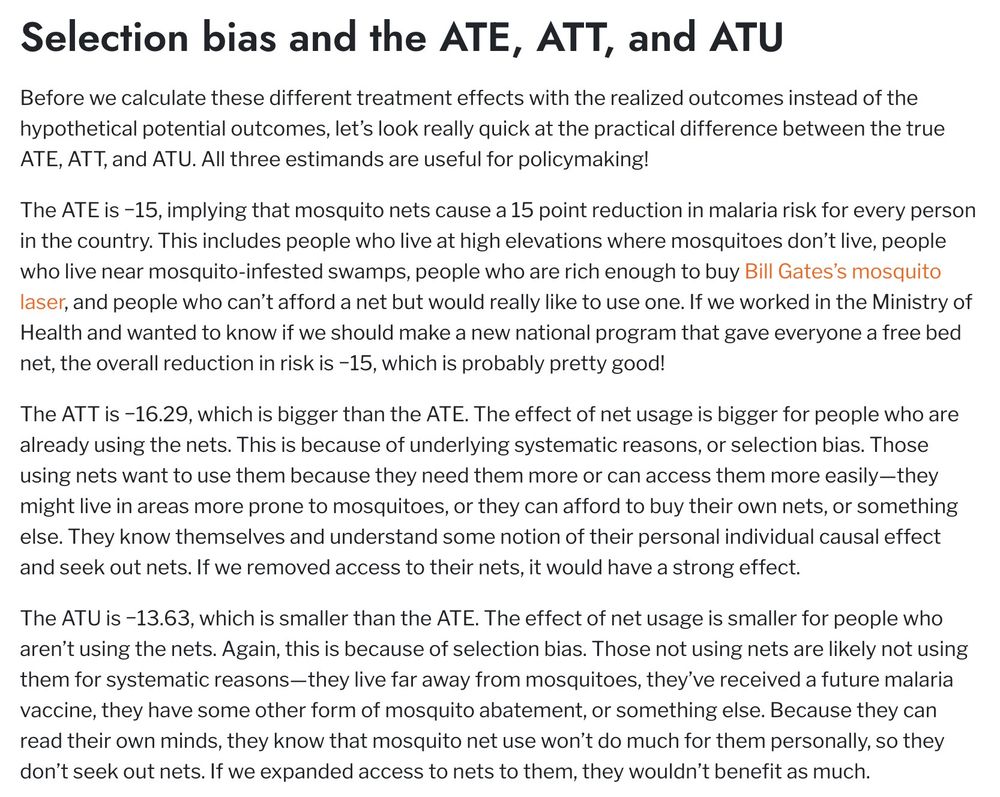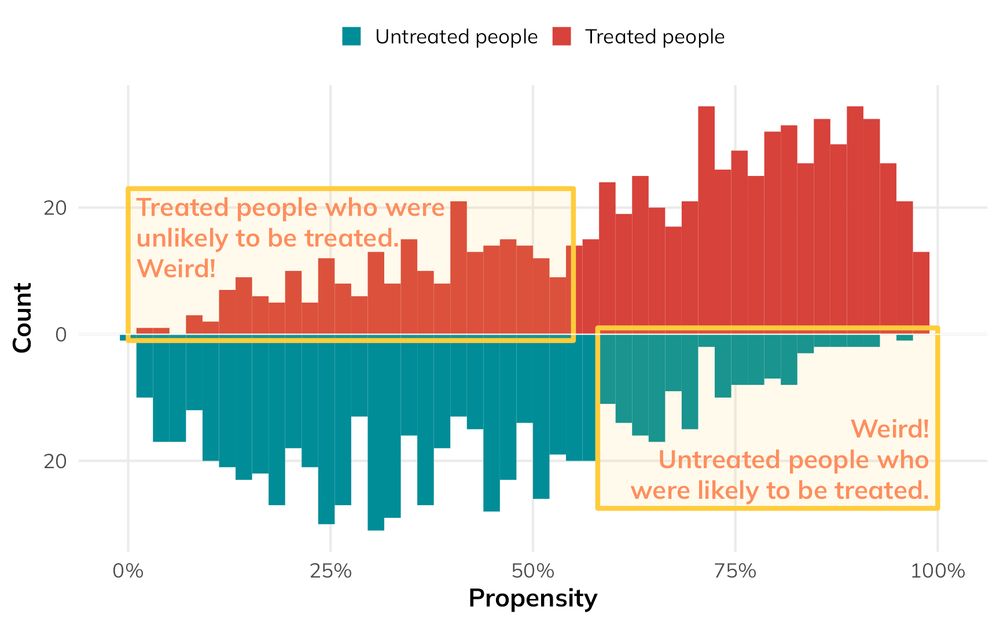White text on white background instructing LLMs to give positive reviews is apparently now common enough to show up in searches for boilerplate text.
05.07.2025 19:51 — 👍 529 🔁 216 💬 9 📌 19

🔈We are hiring: postdoctoral position as part of the #TrackFLU project! Interested in fieldwork and #phylodynamics of avian influenza viruses, this is for you! Deadline: April 13th
More info at lnkd.in/dJYeeEsC
@epidesa.bsky.social @pasteur.fr @inrae-france.bsky.social @erc.europa.eu
13.03.2025 20:55 — 👍 3 🔁 3 💬 0 📌 1

New Correspondence - Wang et al - Pathogens don’t respect politicians: US federal disruption poses a new threat to global public health
https://buff.ly/4hsVANG
#MedSky #IDSky #GastroSky #HepSky @pippa-matt.bsky.social
@suwang88.bsky.social
06.02.2025 23:40 — 👍 47 🔁 24 💬 1 📌 7
They analyse data by publisher, examining the proportion of articles published in special issues, turnaround times, and other relevant metrics.
04.12.2024 15:08 — 👍 0 🔁 0 💬 0 📌 0

The strain on scientific publishing
Abstract. Scientists are increasingly overwhelmed by the volume of articles being published. The total number of articles indexed in Scopus and Web of Science has grown exponentially in recent years; ...
In the past decade, there has been a massive increase in the number of scientific publications. The following paper by Hanson et al. provides an interesting analysis of the factors associated with this increase.
04.12.2024 15:08 — 👍 1 🔁 0 💬 1 📌 1


Before we calculate these different treatment effects with the realized outcomes instead of the hypothetical potential outcomes, let’s look really quick at the practical difference between the true ATE, ATT, and ATU. All three estimands are useful for policymaking!
The ATE is −15, implying that mosquito nets cause a 15 point reduction in malaria risk for every person in the country. This includes people who live at high elevations where mosquitoes don’t live, people who live near mosquito-infested swamps, people who are rich enough to buy Bill Gates’s mosquito laser, and people who can’t afford a net but would really like to use one. If we worked in the Ministry of Health and wanted to know if we should make a new national program that gave everyone a free bed net, the overall reduction in risk is −15, which is probably pretty good!
The ATT is −16.29, which is bigger than the ATE. The effect of net usage is bigger for people who are already using the nets. This is because of underlyi

Mirrored histogram showing “weird” parts of the population: treated people who were unlikely to be treated, and untreated people who were likely to be treated

Mirrored histogram showing pseudo-populations of treated and untreated people that have been reweighted to be more comparable and unconfounded
New blog post! Have you (like me!) wondered what the ATT means and how it's different from average treatment effects? I use #rstats to explore why we care about the ATE, ATT, and ATU + how to calculate them with observational data! #polisky #episky #econsky www.andrewheiss.com/blog/2024/03...
21.03.2024 13:50 — 👍 114 🔁 39 💬 8 📌 7

Antidotes to cynicism creep in academia » Eiko Fried
There are good reasons for cynicism creep — being disheartened about academia — but it's important we don't give in. I provide some antidotes.
New blog! I describe the many reasons to be disheartened in academia, incl. bad papers, broken peer-review, the publishing industry, & precarious contracts. I argue that it's so important not to become cynical, and provide my personal antidotes to cynicism creep.
🧪⚒️ #stats #AcademicSky #PsychSciSky
05.03.2024 12:46 — 👍 129 🔁 68 💬 12 📌 6
If you want to know more about PCI, visit the following page:
peercommunityin.org
09.02.2024 15:22 — 👍 0 🔁 0 💬 0 📌 0
Assessing seasonality of tick abundance in different climatic re...
The manuscript has gone through the 'Peer Community In' review process which is free and open: manuscripts uploaded on a preprint server undergo peer review as in traditional journals. If a manuscript is recommended (accepted), all the exchanges between authors and reviewers are made available.
09.02.2024 15:20 — 👍 1 🔁 0 💬 2 📌 0
Seasonality of host-seeking Ixodes ricinus nymph abundance in relation to climate
We have a new paper out on the seasonality of tick abundance in France. We show different patterns in different sites that can be related to local climatic conditions.
09.02.2024 15:14 — 👍 1 🔁 0 💬 1 📌 0









